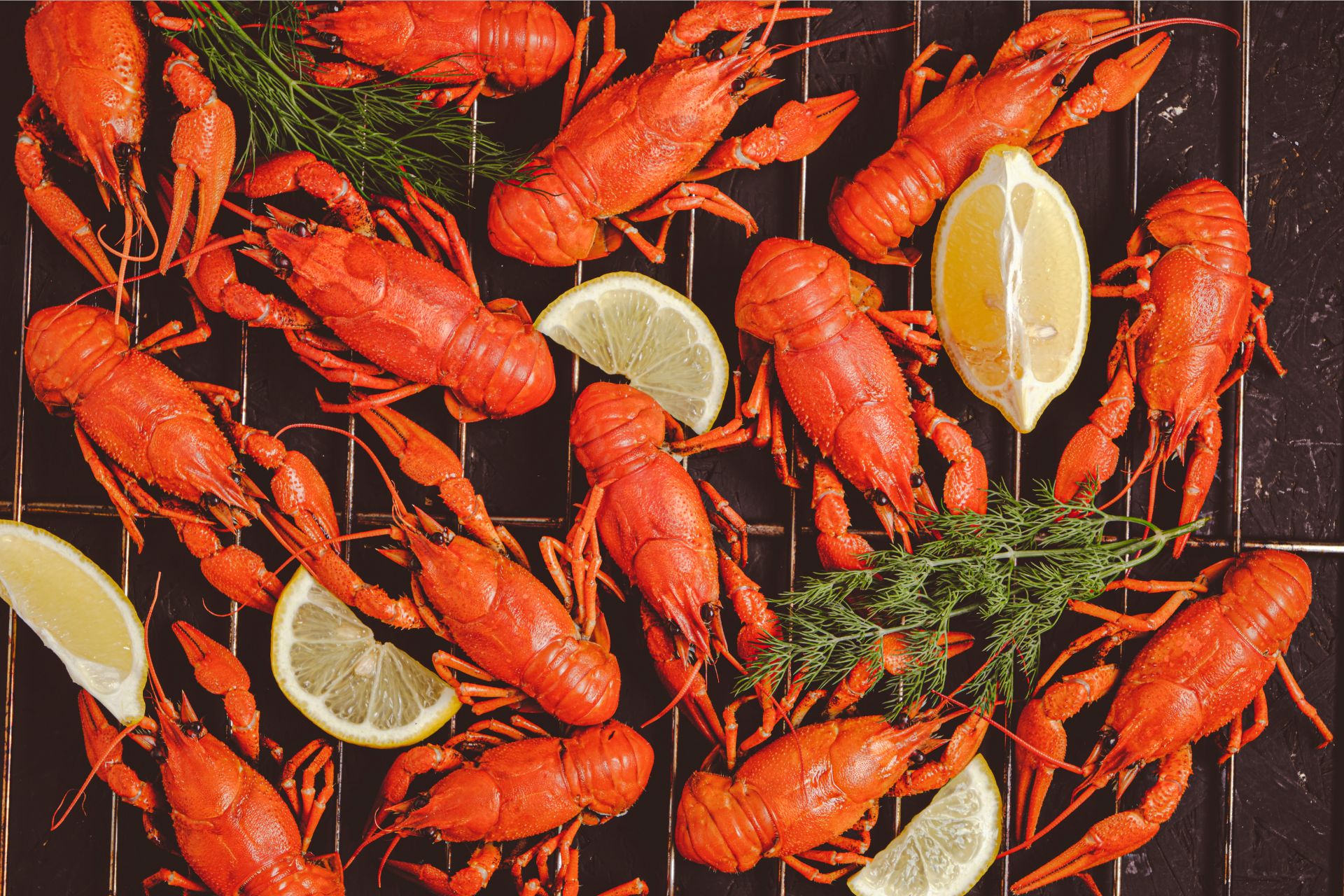Zambia, with its lush wetlands, meandering rivers, and vast water bodies, is a land of aquatic wonder. Amidst its thriving ecosystems is a feisty crustacean that has captured the attention of locals, conservationists, and food lovers alike—the crayfish. But this isn’t your typical native species thriving in harmony with Zambia’s natural heritage. The Zambian crayfish is a foreigner, an invasive Australian export that has etched itself into the story of Zambia’s rivers and lakes.
In this article, we’ll explore the fascinating journey of the crayfish from Australia to Zambia, its impact on the local ecosystems, and its surprising versatility as a culinary delight. Join us as we dive into the tale of how an uninvited guest became a part of Zambian life.
From Down Under to Zambia: The Introduction of Crayfish
The redclaw crayfish (Cherax quadricarinatus), originally from Australia and Papua New Guinea, is a resilient freshwater crustacean. With its striking blue-green shell tinged with bright red claws, this crayfish is a sight to behold. But its story in Zambia begins not with a flourish of natural migration but with human intervention.
The redclaw crayfish was introduced to Zambia in the early 1970s as part of an aquaculture project. With its fast growth rate, adaptability, and commercial potential, this species was seen as a promising solution for boosting protein sources and income for local communities. The idea was to farm the crayfish in controlled environments, but as with many well-intentioned introductions, the reality quickly spiralled beyond control.
Crayfish, as it turns out, are escape artists. Whether through floods, accidental releases, or other means, they found their way into Zambia’s waterways, particularly the Kafue River and its floodplains. Once there, they thrived—and not always for the better.
An Invasive Tale: Impact on Zambia’s Ecosystems
In their native Australian habitats, redclaw crayfish are part of a balanced ecosystem. Predators and environmental conditions keep their populations in check. In Zambia, however, they found a paradise with abundant food, few natural predators, and ideal breeding conditions.
The consequences of their invasion were significant. Crayfish are opportunistic feeders, consuming aquatic vegetation, insects, and even fish eggs. Their voracious appetites disrupted local ecosystems, outcompeting native species and altering habitats. Fishermen began noticing reduced fish stocks in some areas, and conservationists grew concerned about the long-term ecological balance.
Efforts to control their spread have proven challenging. Crayfish are incredibly hardy, capable of surviving in diverse water conditions and reproducing rapidly. For better or worse, they’re here to stay. But as Zambians often do, they’ve found ways to adapt—and even thrive—in the presence of this invader.
The Crayfish in Zambian Cuisine: From Nuisance to Nourishment
One of the most remarkable aspects of Zambian culture is its ability to turn challenges into opportunities. What was initially viewed as an ecological threat soon became a valuable food source. Crayfish, with their succulent meat and rich flavour, have become a sought-after delicacy in Zambia.
Zambian cooking styles emphasise bold flavours and fresh ingredients, and crayfish lends itself beautifully to this approach. Whether boiled, grilled, fried, or turned into a stew, it adapts well to a variety of preparations.
The Future of Crayfish in Zambia
The story of the Zambian crayfish is one of adaptation and resilience. What began as an experiment in aquaculture has become a complex tale of ecological disruption, cultural integration, and culinary innovation. As Zambians continue to find creative ways to live with—and benefit from—this tenacious crustacean, the redclaw crayfish remains a reminder of how interconnected our world truly is.
Whether you’re a conservationist, a fisherman, or a foodie, the crayfish has something to offer. It challenges us to think critically about how we manage invasive species while celebrating the opportunities they sometimes bring. And if you haven’t yet tried Zambian crayfish, perhaps it’s time to grab a pot, some spices, and a sense of adventure. After all, what better way to understand this invader’s impact than by savouring its delicious meat?
Zambia’s rivers continue to flow, carrying with them the stories of the past and the promise of the future. The crayfish, for all its controversies, has become part of that narrative—a symbol of both the challenges and triumphs of living in harmony with nature’s surprises.











0 Comments